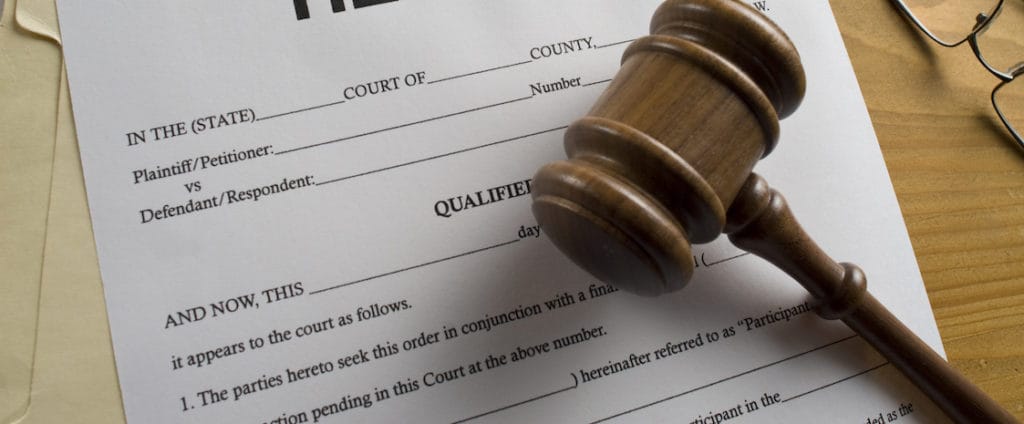After three overdose deaths in just two days in Lynn, Massachusetts, Sen. Edward J. Markey has proposed federal legislation to protect “good Samaritans” who use the overdose antidote Narcan. The move may have been taken in response to the recent deaths, but rising overdose deaths have long been a problem across the U.S., and many individual states have enacted similar legislation to reduce the toll of opioid addiction. The vast scope of the heroin and prescription drug abuse problem in the U.S. means that the new rules, if enacted, would have the potential to save thousands upon thousands of lives.
America’s Opioid Addiction: How Narcan Can Save Lives
Opioid addiction can either be an addiction to illicit opioids (primarily heroin) or an addiction to prescription painkillers like OxyContin, which are based around chemicals closely related to heroin and have an essentially equal potential for addiction. From 1999 to 2010, death rates from prescription opioids quadrupled, and, during the same period, heroin deaths increased by almost 50 percent. An analysis of mortality data from 28 states showed that heroin overdoses more than doubled from 2010 to 2012, and there was a slight decrease in prescription painkiller deaths over the same period—although painkiller overdoses are still more common. The increase in opioid overdoses is primarily related to the increasing use of prescription painkillers for ongoing non-cancer pain. Pharmaceutical companies pushed to increase their use throughout the 1990s, underplaying the risks associated with the drugs, including the risk of addiction, thanks to new “extended release” formulas they claimed had much less addictive potential than the older versions. The result was more people taking addictive substances, and the prescription painkiller overdose rate began increasing rapidly alongside lax prescribing practices and increasing addiction to the substances. When new rules were brought in to curb the abuse of prescription drugs, many addicts switched over to the cheaper and now more easily accessible alternative: heroin. This is when the prescription drug deaths began coming down and the heroin deaths started rapidly increasing. Narcan, the brand name for naloxone, is an opioid overdose “antidote.” It works by pushing the drug molecules out of their position on the brain’s receptors, effectively reversing the effects of overdose without producing euphoria. If administered as soon as possible, an otherwise fatal overdose is prevented and a life is saved. In Lynn, Mass., alone, the drug was used to stop 62 percent of the 281 overdoses occurring in 2014.
The New Proposal: A Nationwide Good Samaritan Law
The proposal from Sen. Markey is designed to protect friends, family and emergency workers who administer naloxone from lawsuits and legal consequences. Although he says that he’s unaware of anybody actually being sued for administering the drug, as he puts it, “No one should be afraid to save a life because of a lawsuit. It’s a good solution to a complex problem. We extend liability protection to people to administer a life-saving drug.”
Good Samaritan Laws Across the U.S.
There are already many states with good Samaritan laws across the U.S. There are two basic types of good Samaritan law: one encourages people to call 911 for themselves or others experiencing an overdose by offering criminal immunity for the OD-ing individual and whoever made the call, and the second—like the new proposal—focuses on immunity for those possessing and using naloxone. The first type of law is limited to minor offenses, (not covering the manufacture or distribution of illicit substances) and the second generally focuses on immunity for offenses related to naloxone alone. Along with the District of Columbia, 22 states have 911 immunity good Samaritan laws, and 30 states have either a full law or pilot program designed to provide immunity to those using naloxone. The scope of the naloxone-related laws in particular can vary: for example, Ohio’s version requires the person administering it to have received training, whereas Colorado’s law doesn’t specify requirements, but encourages using educational information about safely administering the drug. The programs appear to be effective at reducing overdose deaths overall, although evidence is limited. One study in 2010 involved surveys of 48 naloxone-distributing programs in the U.S., finding that of the 53,032 doses of the drug distributed since 1996, there were 10,171 reports of overdose reversal. On average, this suggests that a life is saved for every 5.2 doses of the drug distributed.
Beating Addiction Is Priority, but Harm Reduction Saves Lives
The use of naloxone is a harm reduction strategy, and while some may criticize the use of the drug—arguing that it may encourage continued drug use by protecting against consequences—it’s clear that it has the potential to save a lot of lives (and it has already done so). Beating addiction is the ideal solution to the problem, but kicking addiction isn’t easy. We need to encourage people to get into treatment, but harm reduction is an essential complementary strategy: for those who can’t get clean or won’t go into treatment, it minimizes the suffering and death caused by addiction. If the new federal law is passed, it will cement the positive steps already taken by many states and will help to reduce overdose deaths.

